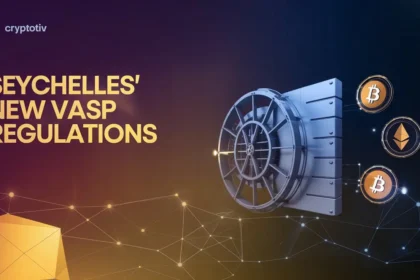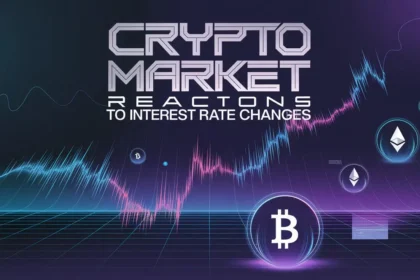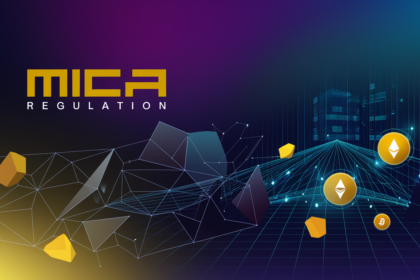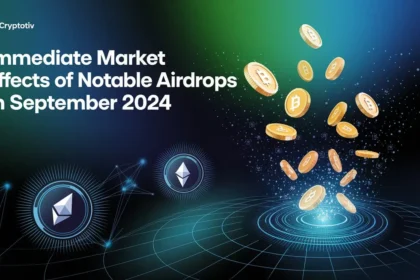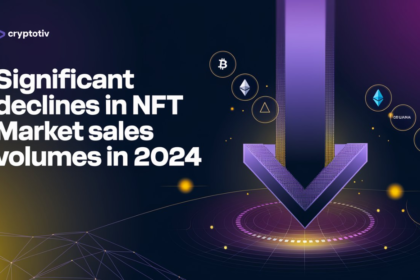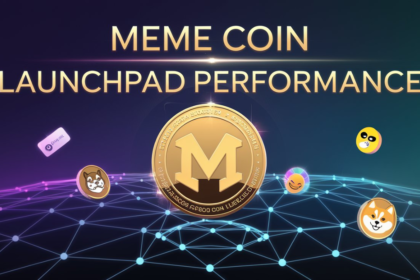The blockchain world is buzzing with excitement over the rise of rollup solutions. Ethereum and other blockchains are facing scalability issues. Rollup technology is seen as a key solution, drawing interest from projects, exchanges, and users. This article looks into why rollups are becoming more popular and the latest updates on blockchain scalability.
Rollup solutions like Arbitrum and Optimism have grown a lot lately, with their total value locked (TVL) soaring. More unique addresses are now using these Layer 2 rollups, showing a big need for scalable blockchains. With more projects adding rollup tech and big exchanges and wallets supporting it, the Ethereum Layer 2 ecosystem is growing fast. This makes rollups a top choice for improving blockchain scalability.
Blockchain Scalability Challenges Drive Rollup Adoption
Blockchain technology is becoming more popular, but it faces a big challenge: scalability. More people want to use blockchain for different things, which makes the networks slow and expensive. This has led to the creation of new solutions, like Layer 2 rollup technologies, to make blockchain work better.
Ethereum Network Congestion and High Gas Fees
Ethereum is having trouble with scalability because it’s so popular. It’s used for things like DeFi and NFTs. When lots of people use it at once, it gets very slow and fees get very high. This makes it hard for some people to use decentralized apps.
In 2021, the average fee for a transaction on Ethereum was $60 at its peak. This shows how urgent it is to find ways to fix this problem.
Limitations of Traditional Layer 1 Scaling Solutions
There are many ways to try to make blockchain more scalable, but some have big problems. Making blocks bigger or processing them faster can help, but it might also make the network less secure. Also, changing the blockchain protocol to scale up is hard and takes a long time.
Because of these issues, Ethereum can only handle about 15-20 transactions per second. This is not enough for the growing number of apps and services that need blockchain.
This has led to the rise of Layer 2 solutions, especially rollup technologies. They’re seen as a good way to make blockchain faster without losing security or decentralization. As more people need better blockchain solutions, rollup technologies are expected to become more popular. This could change how we use blockchain and make it more efficient.
Rollup Solutions Emerge as the Preferred Scaling Approach
Rollup solutions are now the top choice for making blockchain networks bigger and more efficient. They bring many benefits like more transactions, lower fees, and better privacy. This makes them a great choice for developers and users.
Optimistic Rollups Gain Traction
Optimistic rollups like Arbitrum and Optimism are becoming popular. They can handle lots of transactions and work well with Ethereum smart contracts. They use a special method to speed up transactions and cut fees. This makes them perfect for scaling dApps and improving user experience.
Zero-Knowledge Rollups Offer Enhanced Privacy
Zero-knowledge rollups (ZK-Rollups) like zkSync and Loopring focus on privacy and scaling. They can process many transactions at once and use special proofs to check transactions. This means faster transactions, less work for the main blockchain, and lower fees. ZK-Rollups are great for projects that need privacy and to grow.
Hybrid Rollup Models Combine Best of Both Worlds
Hybrid rollups, like Polygon’s Nightfall and Ethereum’s EIP-4844, mix optimistic and zero-knowledge rollups. They aim for the best in scalability and privacy. This could lead to more efficient and secure dApps and a better experience for users. As blockchain evolves, exploring how rollup solutions work together will lead to more innovation and use in Layer 2.
Rollup Solutions Adoption Surge
Rollup solutions are becoming more popular, leading to more projects using this technology. Big names in decentralized finance (DeFi) like Uniswap, Aave, and Curve are adding rollup solutions. They want to make things better for users and cut down on costs.
Big cryptocurrency exchanges see the value in Layer 2 networks and are supporting rollup transactions. Binance, Coinbase, and Kraken let users move funds using Layer 2 protocols. This makes it easier for users to enjoy the perks of Layer 2, like quick transactions and lower fees.
Thanks to rollup solutions, the Ethereum Layer 2 ecosystem is booming. Many decentralized Layer 2 projects are using rollup tech for scalable and affordable dApps. This has boosted Layer 2 performance and shown how blockchain can scale better. As more projects use rollup tech, Ethereum is set to handle more tasks and support a broader range of applications.












